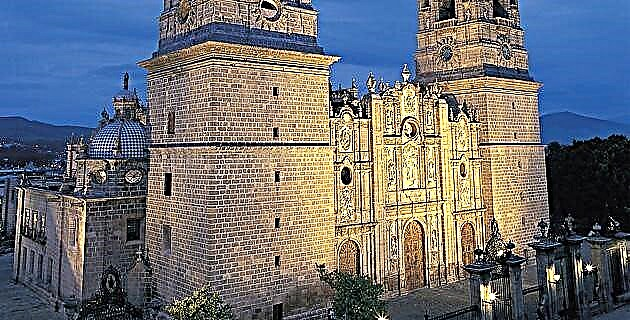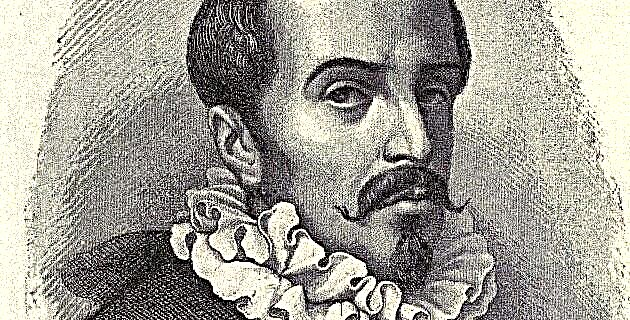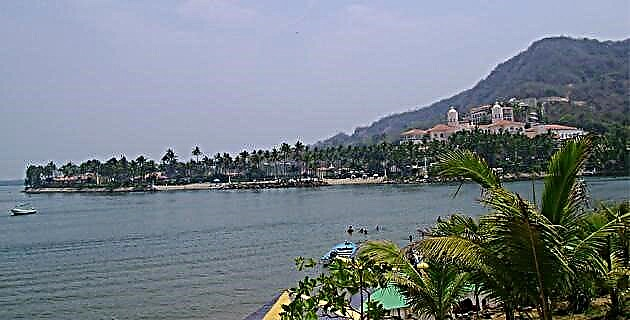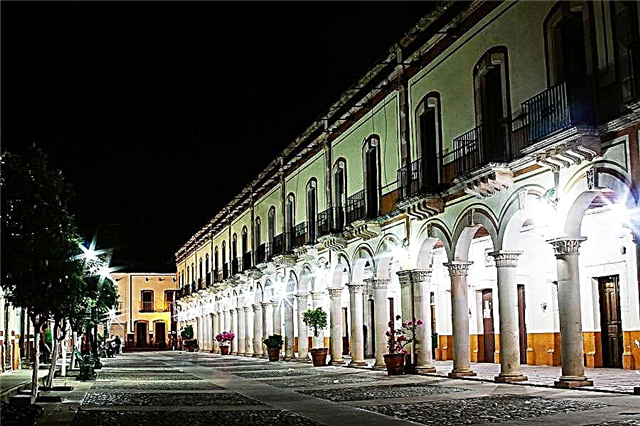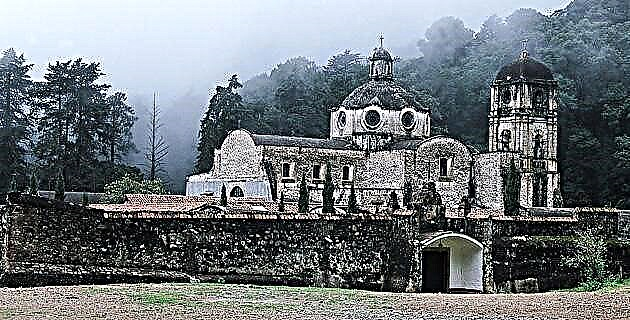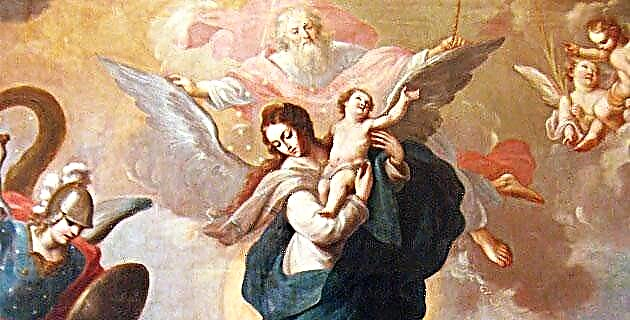
Miguel Mateo Maldonado y Cabrera was the full name of this artist who defines better than any other the plastic work of the mid-18th century.
Born in Antequera de Oaxaca in 1695, son of unknown parents and godson of a mulatto couple, perhaps trained in José de Ibarra's workshop, he began his artistic and matrimonial activity around 1740.
Miguel Mateo Maldonado y Cabrera was the full name of this artist who defines better than any other the plastic work of the mid-18th century. Born in Antequera de Oaxaca in 1695, son of unknown parents and godson of a mulatto couple, perhaps trained in José de Ibarra's workshop, he began his artistic and matrimonial activity around 1740.
He undertook as a contractor to the execution of the altarpieces for the Jesuit church of Tepotzotlán, in the company of Higinio de Chávez, master assembler, from 1753. In that same period he made the fabrics for Santa Prisca de Taxco and its sacristy, which they form a magnificent pictorial set that summarizes the style of this artist. Likewise, he is the author of large paintings relating to the lives of saints: Life of San Ignacio (Profesa and Querétaro) and Life of Santo Domingo in his monastery in the capital, destined to decorate the walls of its upper and lower cloisters. Three hundred works are attributed to him. He was a chamber painter to the archbishop of Mexico, Manuel Rubio y Salinas; Thanks to him, a work of his, the image of Our Lady of Guadalupe, came to the sight of Pope Benedict XIV, who, in admiration, exclaimed how such a miracle had occurred in no nation as in New Spain, on the hill of Tepeyac. This made Cabrera the quintessential Guadalupano painter. Successful, urged on by many commissions from religious and private individuals, it is likely that he formed a large workshop, from where the dozens of works commissioned by such a vast clientele were made.
Miguel Cabrera stands out in the portrait genre. It is not reduced to the application of recipes and conventions, but in spite of them projects the subjects, being the painter of their situation but also of their individuality. His magnificent portraits of nuns, Sor Juana Inés de la Cruz (National Museum of History), Sor Francisca Ana de Neve (sacristy of Santa Rosa de Querétaro) and Sor Agustina Arozqueta (National Museum of the Viceroyalty, in Tepotzotlán), are three tributes to the woman: her intellect, her beauty and her inner life.
Notable work is the magnificent portrait of Dona Bárbara de Ovando y Rivadeneira and her Guardian Angel, as well as the extraordinary portrait of Luz de Padiña y Cervantes (Brooklyn Museum) and the no less remarkable one that he made of the Mariscala de Castilla. Painted by Fray Toribio de Nuestra Señora (San Fernando temple, Mexico City), Father Ignacio Amorín (National Museum of History), Manuel Rubio y Salinas himself (Taxco, Chapultepec and the Cathedral of Mexico); to nobles and benefactors such as the Count of Santiago de Calimay and the members of the consulate of Mexico City.
He stood out as a costumbrista painter, he is the author ofCastas, a series of sixteen paintings, of which we know twelve (eight are in the Museum of America in Madrid, three in Monterrey, and another in the United States). Miguel Cabrera died in 1768.

